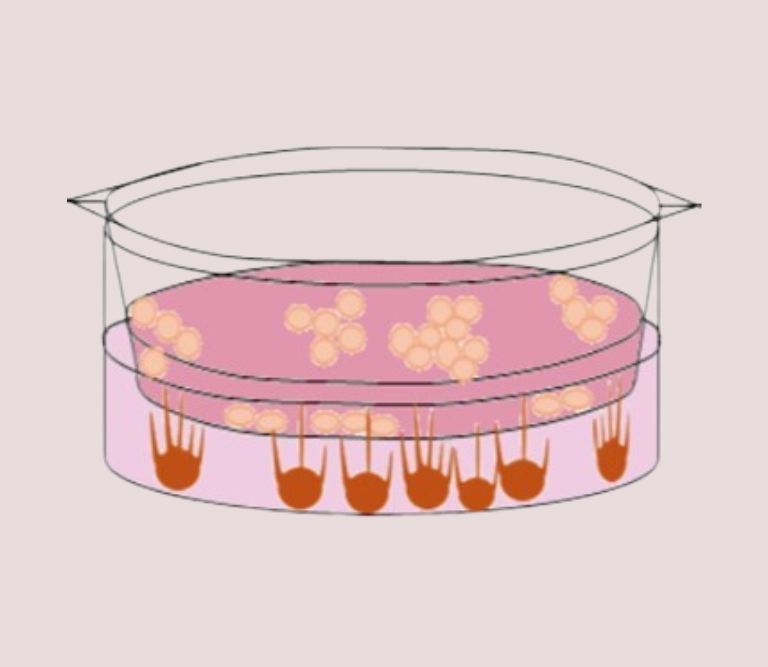Cellular co-culture is a laboratory technique that enables the simultaneous cultivation of two or more distinct cell types within a shared environment. This approach is designed to mimic the complex cellular interactions found in natural tissues, offering a more physiologically relevant model than traditional monocultures. By allowing direct or indirect communication between cells—through soluble factors, extracellular matrix components, or physical contact—co-culture systems provide deeper insights into tissue function, development, and pathology.
In skin research, co-culture models often involve keratinocytes, fibroblasts, melanocytes, and immune cells. These combinations help replicate the layered architecture and signaling dynamics of human skin, making it possible to study processes such as inflammation, pigmentation, wound healing, and barrier function. Unlike isolated cell cultures, co-culture systems reveal how one cell type influences another, uncovering mechanisms that drive tissue homeostasis or disease progression.
Cellular co-culture plays a vital role in dermocosmetic. These models allow researchers to assess how topical formulations affect not just individual cells, but the broader cellular network. The versatility of co-culture systems is one of their greatest strengths. Researchers can tailor models to include specific cell types, simulate disease conditions such as psoriasis or eczema, or introduce immune components to study inflammatory responses.


